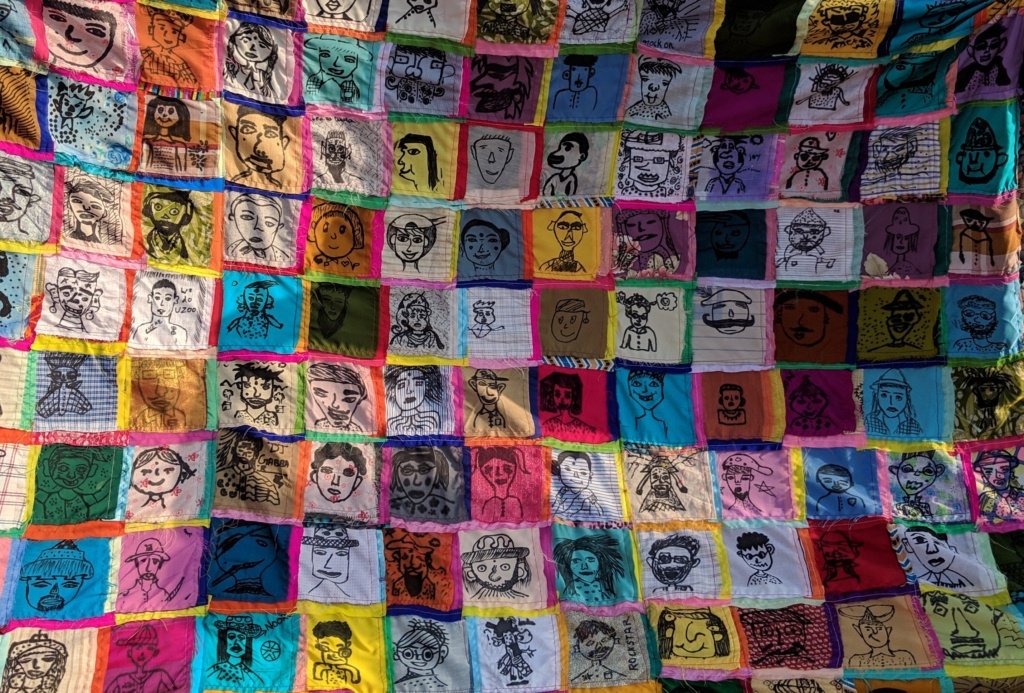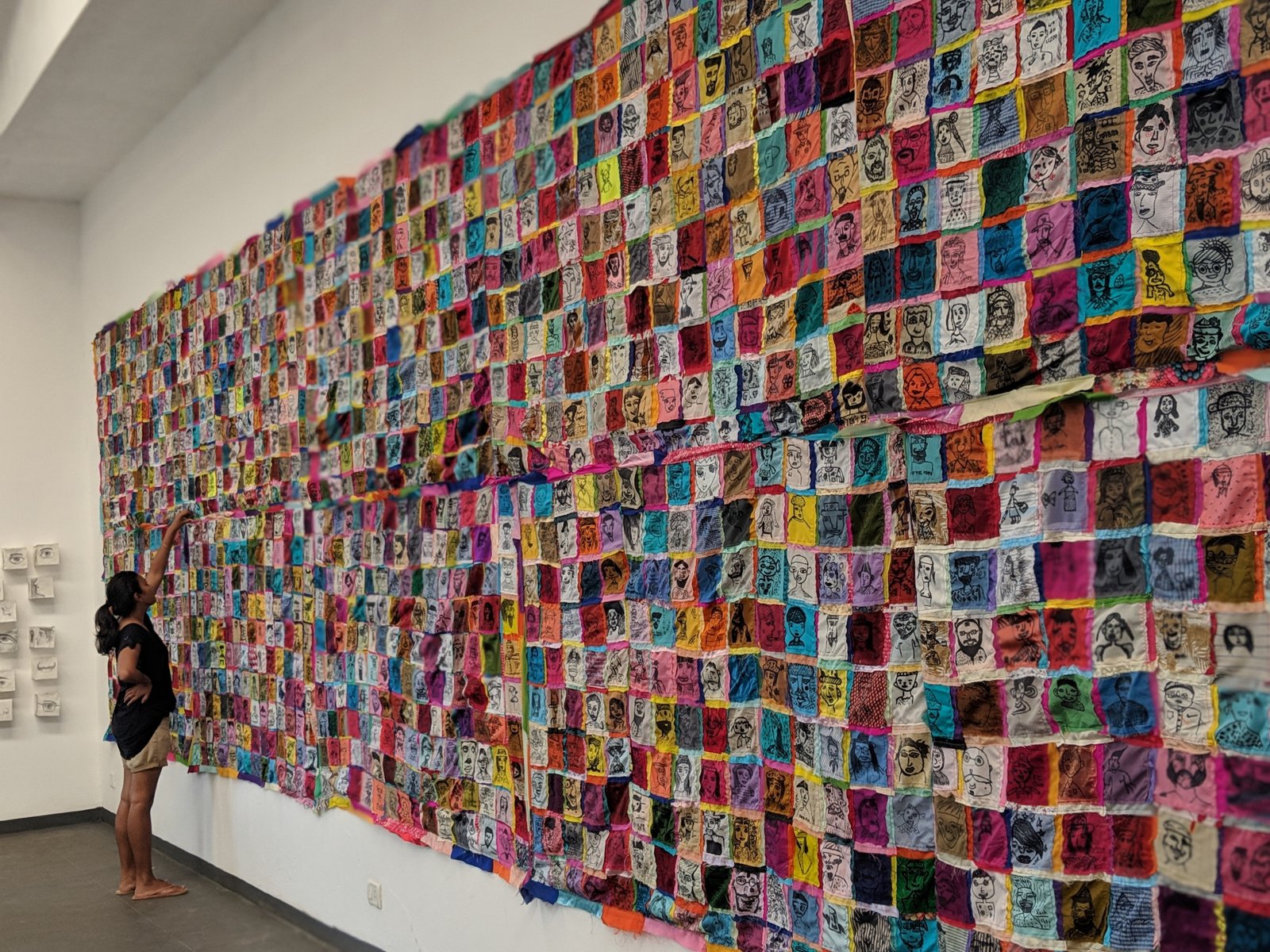About the Project
The Godhadi Project is a collaborative art initiative by the Museum of Goa and its Children’s Arts Studio, developed under the No Time To Waste programme. Inspired by the godhadi, a hand-stitched quilt made from leftover cloth in Goan and Maharashtrian homes, the project gave new meaning to a traditional form through the eyes of children.
It invited over 2500 students across Goa to reflect on identity, sustainability and storytelling. Through the simple act of creating self-portraits on fabric scraps, children were encouraged to see reuse not only as practical but also as an act of care and creativity. These individual artworks came together as one large godhadi quilt, transforming a domestic craft into a collective public expression.
Displayed at the Museum of Goa, the project highlighted how personal stories can shape community conversations through art and shared cultural memory.
Programme Highlights
The Godhadi Project brought together children, artists, educators and communities through hands-on creativity and reflection.
Key highlights include:
- Participants: Over 2500 students from schools across Goa
- Materials: Self-portraits created on fabric scraps sourced from local tailors
- Exhibition: Final quilt showcased during A World of My Own at the Museum of Goa
- Focus: Sustainability, storytelling and cultural heritage
- Collaboration: Educators, artists and community members
- Outcome: A vibrant, large-scale collective artwork made by children
The project turned everyday fabric into a powerful medium for exploring belonging and shared identity.
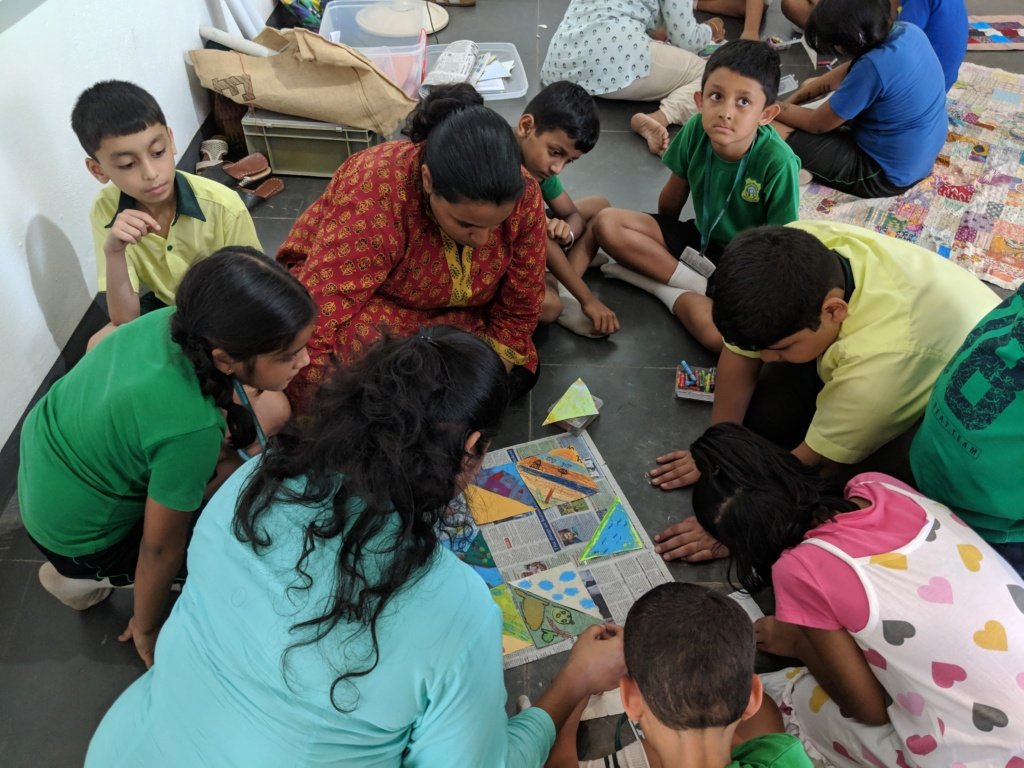
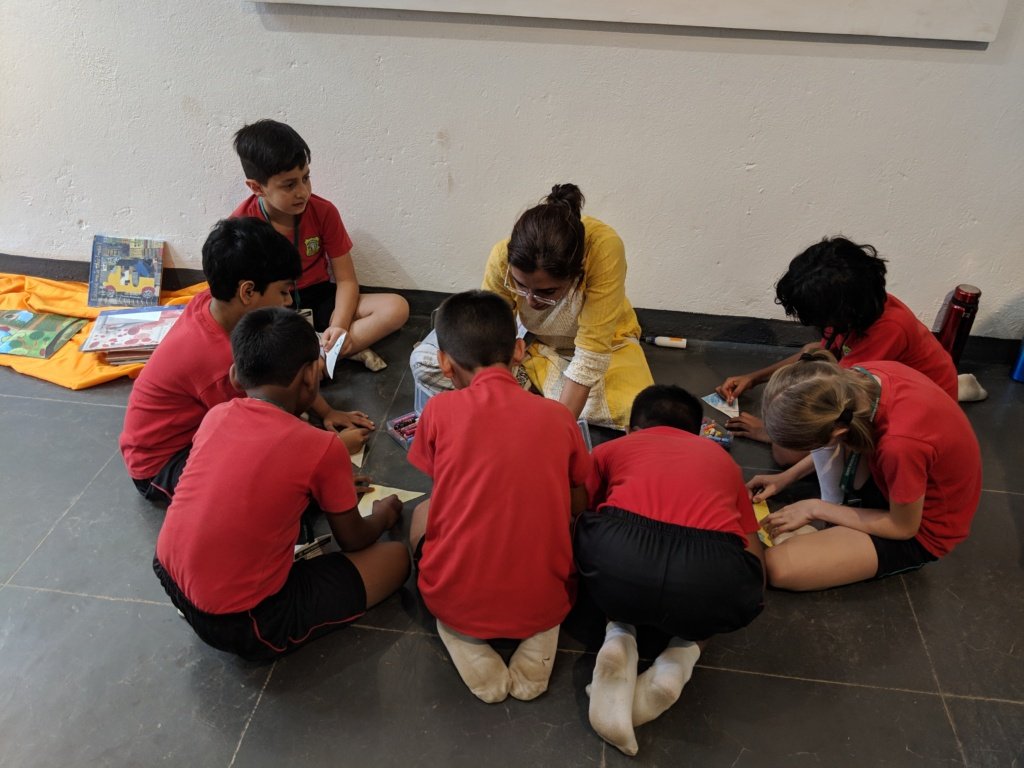
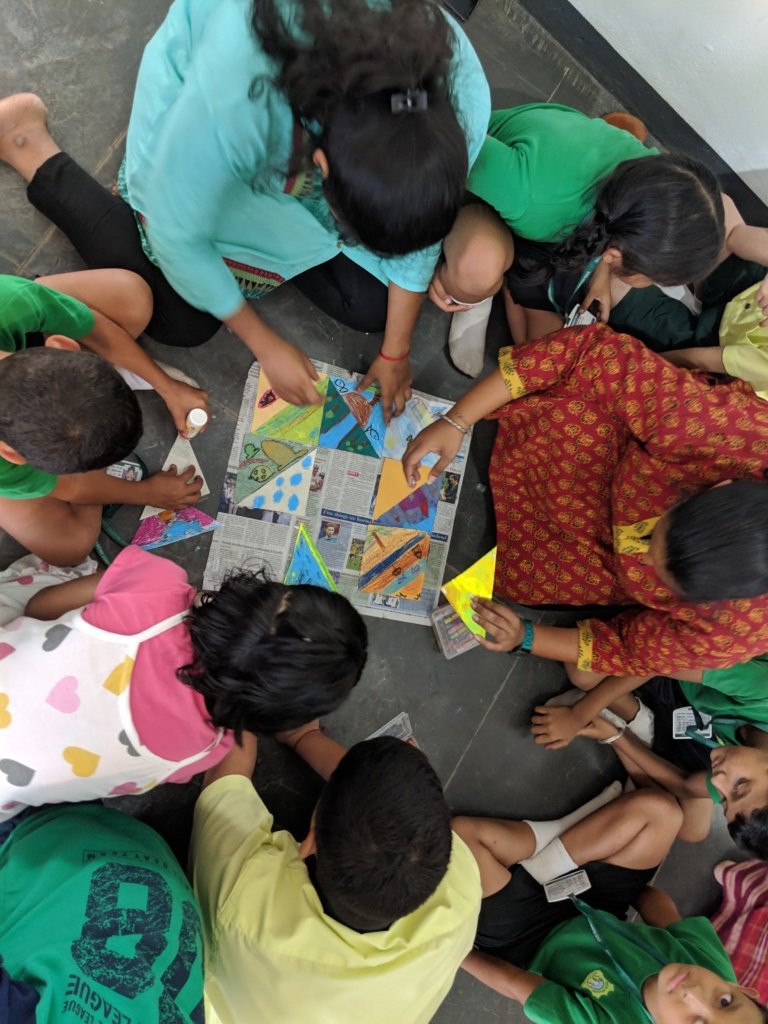
Exhibition at the Museum of Goa
The quilt was exhibited during A World of My Own, MOG’s four-day creative learning programme. Each piece of fabric in the Godhadi was a self-portrait created by a child. Together, they formed a large, colourful tapestry filled with stories and personality.
The programme began with a video and presentation on textile waste and landfill pollution, highlighting how discarded textiles contribute significantly to environmental degradation. This was followed by a facilitation session by Chaitali Morajkar, where children were guided to draw their self-portraits on paper. These portraits were then traced onto pieces of recycled fabric. The fabric scraps were collected from local tailors across Goa.
The completed portraits were stitched together by local tailors to form the large Godhadi quilt. The finished piece was exhibited at the Museum of Goa as a powerful statement, highlighting each child’s commitment to recycle, reuse, and avoid littering as a step toward preventing environmental degradation.
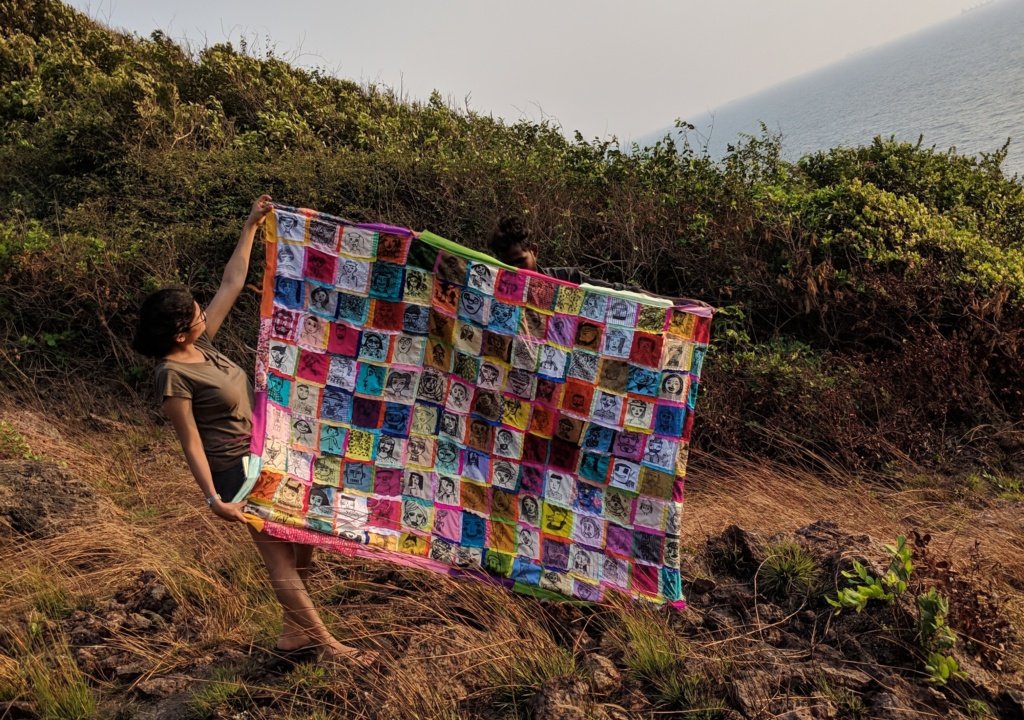
Outcomes and Impact
Creative Expression and Identity
Children explored their own stories through visual art, building confidence in expressing who they are and how they see the world.
A Shared Public Artwork
The quilt represented individual voices and collective imagination. It stood as a symbol of unity, care and creative strength.
Environmental Awareness
By working with leftover fabric, children learned the value of reuse and the power of transforming waste into something meaningful.
Cultural Continuity
Through godhadi making, children connected with a tradition passed through generations. The project honored heritage while inviting new interpretations.
Community Participation
Parents, educators, artists and local craftspeople all contributed to the project’s success. The result was not just an artwork, but a shared experience.
Acknowledgements
This project came to life through the efforts of:
- Museum of Goa
- Children’s Arts Studio
- Bookworm Goa
- Local tailors, educators and community volunteers
Their support helped create a space where children could explore creativity, sustainability and belonging.
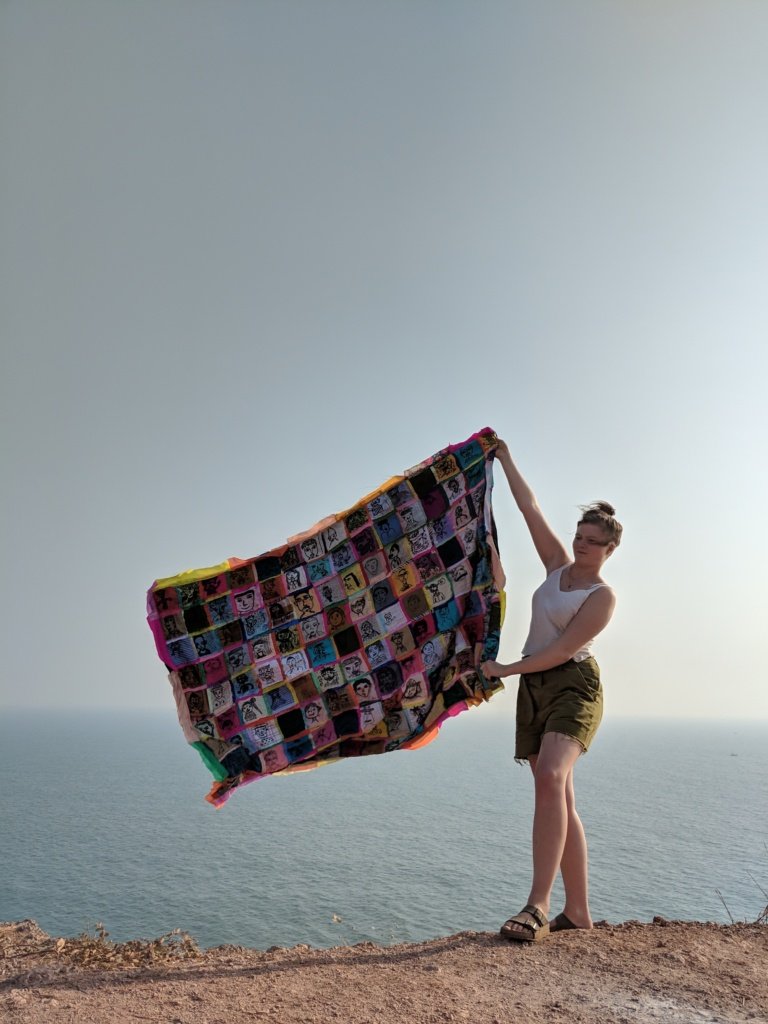
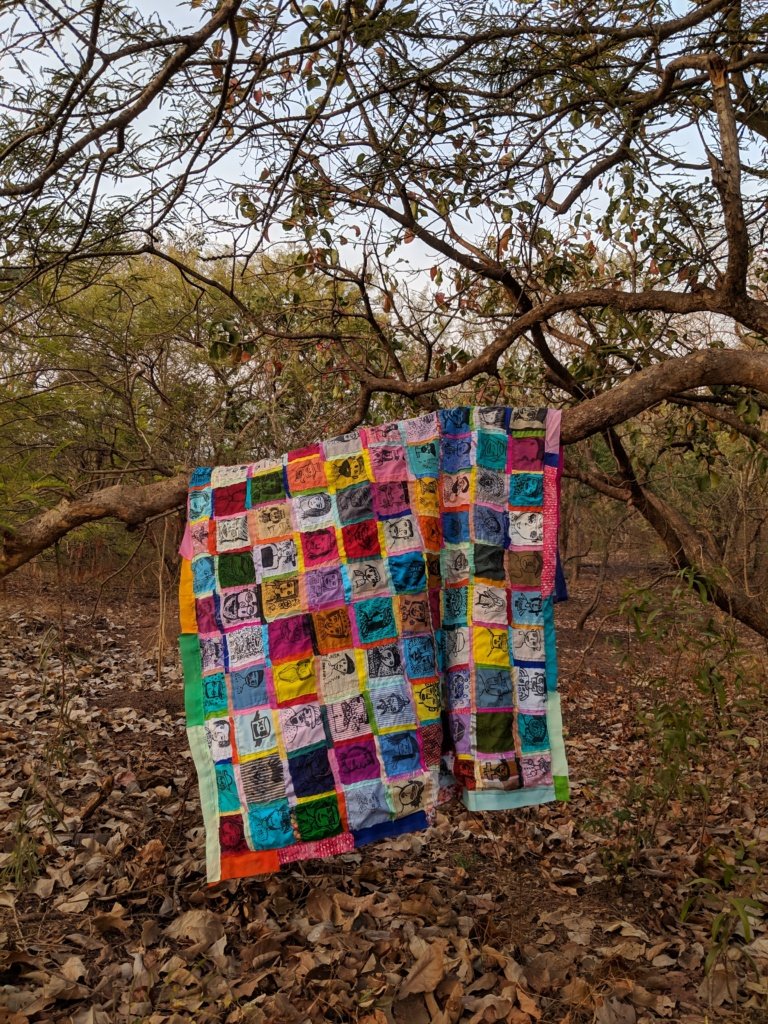
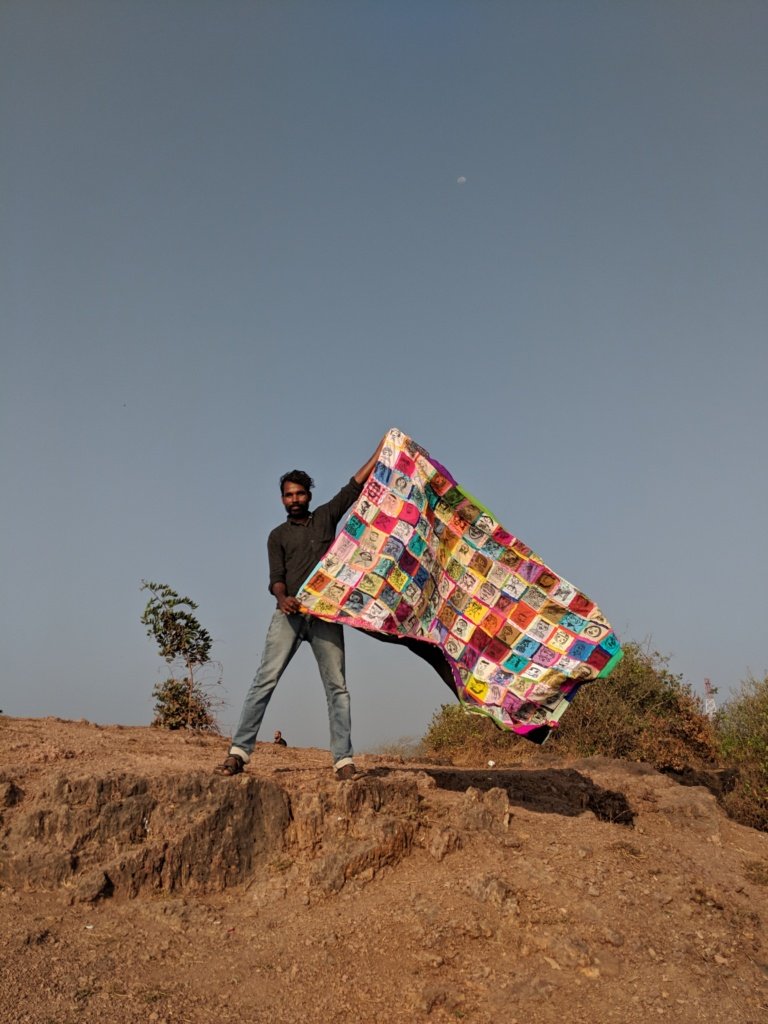
Keep the Thread Going
The Godhadi Project is one of many ways the Museum of Goa (MOG) brings together art, sustainability, and community.
Explore more at the Museum of Goa.
Follow us on Instagram @museumofgoa for daily glimpses into our programmes and creative stories.
To collaborate or learn more, connect with MOG and the Children’s Arts Studio.
